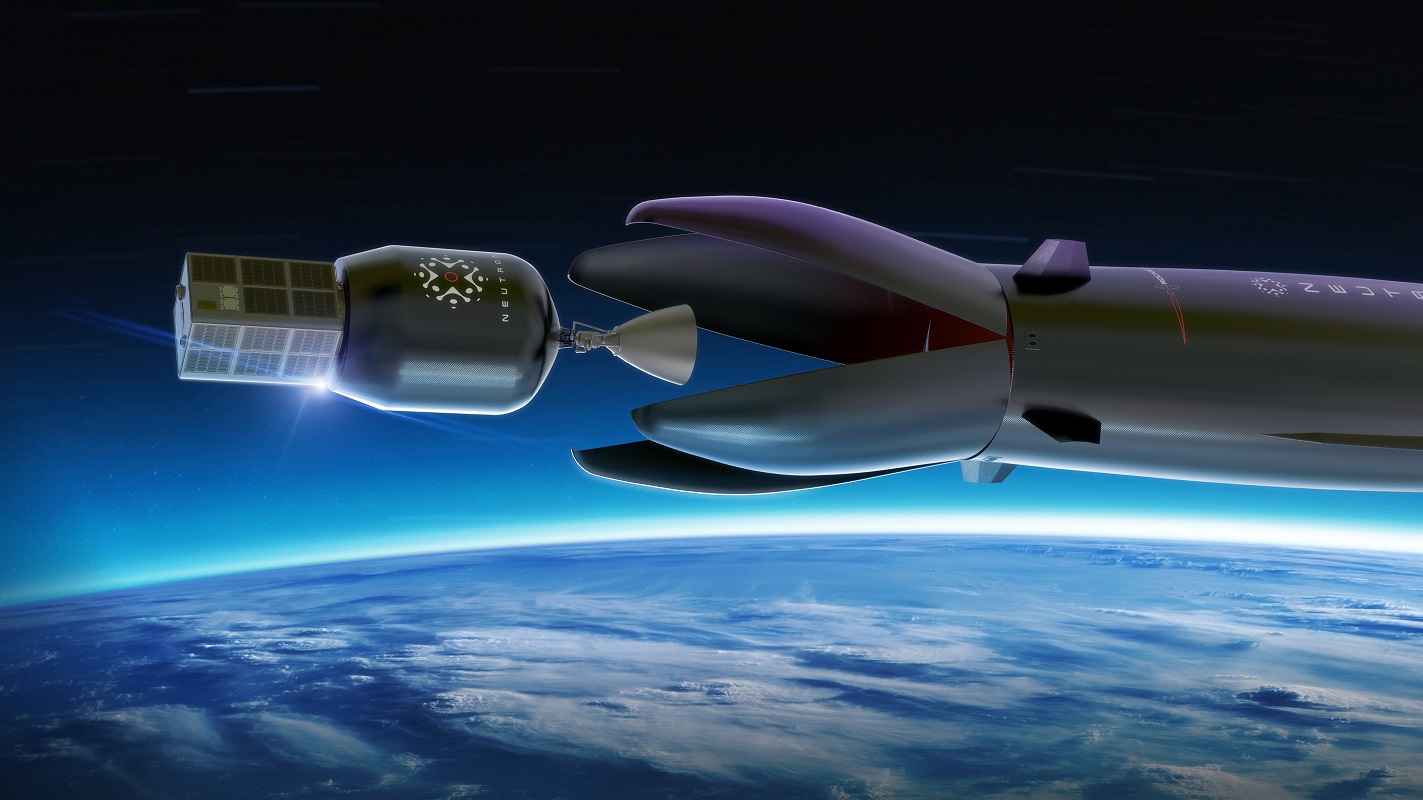A new AI-based application may not only revolutionize the way scientists study hair but also lead to the development of health diagnostics based solely on hair.
Published in the Journal of Investigative Dermatology, scientists at Washington State University’s College of Veterinary Medicine have developed an AI model to speed up and streamline the hair quantification process by helping a microscope scan slides and collect images of hundreds of hairs at the same time.
In a few seconds, it can capture high-resolution data that is then processed with a deep learning algorithm to collect the color, shape, width, and length of each hair. Although the conclusion was drawn from experiments with mouse fur, it also could be applied to the hair of any species including humans.
The idea for the application came from Jasson Makkar, a molecular biosciences graduate student at WSU, who was in charge of manually separating thousands of hairs for various research projects focused on hair and skin in the lab.
Makkar developed an AI computer model to identify hair through WSU’s high-performance computing cluster, called Kamiak. By using the Aperio GT450 microscope at the Washington Animal Disease Diagnostic Laboratory, high-resolution imaging of the hair fibers was automated.
The application is going to contribute positive impacts to many fields, including forensics and the hair product industry.
By determining longitudinal data points for what healthy hair looks like in each species, could create a scale for human doctors and veterinarians to grade overall health based on hair. Different conditions of hair make changes in hair growth, such as hormonal imbalances or nutritional deficiencies, that can be detected and used for diagnosis.
In addition to identifying the species a hair is derived from, the new technology also sheds light on age, health, and ethnicity in humans, which could help criminal investigations.
Not only that, the technology also allows scientists to perform highly accurate cross-referencing of hair fibers and generate a large enough database to accurately quantify hair types from different individuals.
Another advantage of the technology is that it can be used to rate the effects of hair products on hair – which is a huge industry globally.







